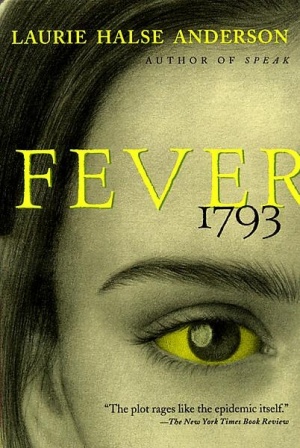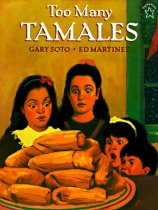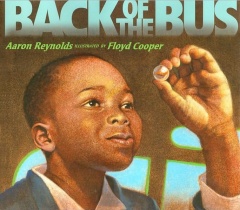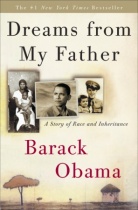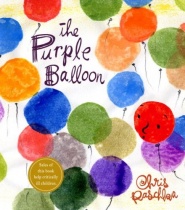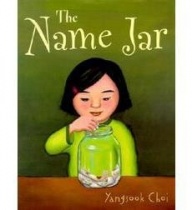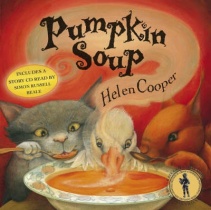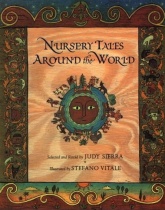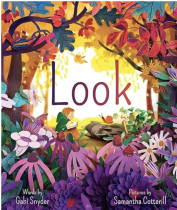Evaluation
I’m so glad that I finally got to read the novel that “everyone was talking about” when I was going through elementary school and middle school. I think Laurie Anderson creates a nice balance between historical facts and figures as well as a more personal story about a girl who lived during the time of the fever of 1793. Besides the intriguing and adventurous plot, I loved the quotes at the beginning of every chapter. Not only were these quotes historical but many of them were part of a larger journal or letter or prophecy written during the time of the plague. This novel could be easily used in a fourth grade social studies curriculum. The teacher might even decide to print out one of the letters introduced at the beginning of each chapter and discuss its significance with the class. The students could complete a Socratic seminar discussing the importance of this article and how it relates to the book. You may also have the students form groups with various topics relating to a specific topic of the disease. One group may discuss the number of people who were diseased, lack of food and water and the effects on the family. The child may create a small flip book recording his research and then present it to the class.
